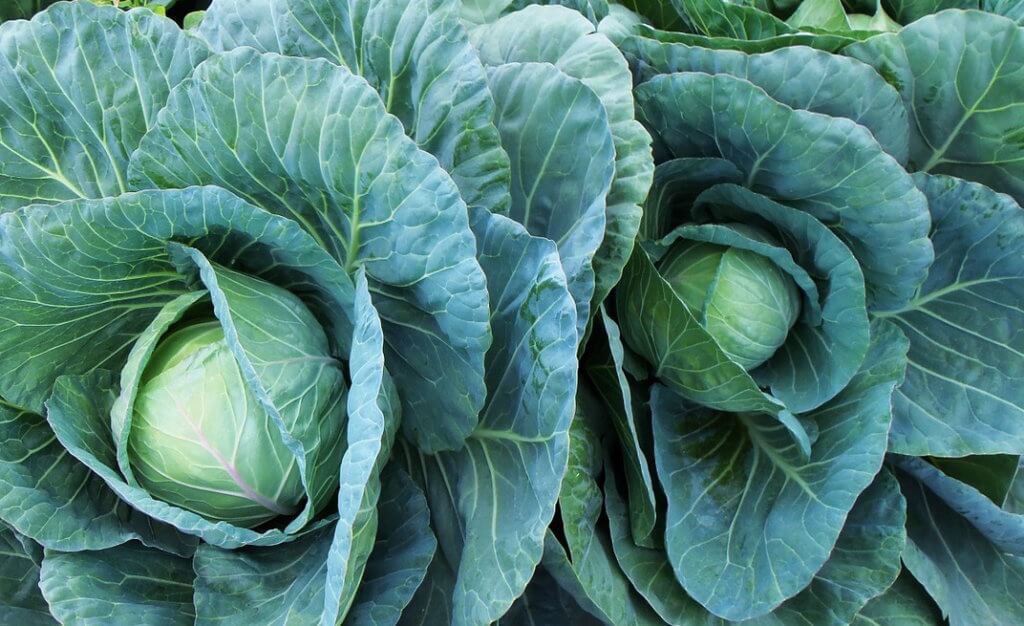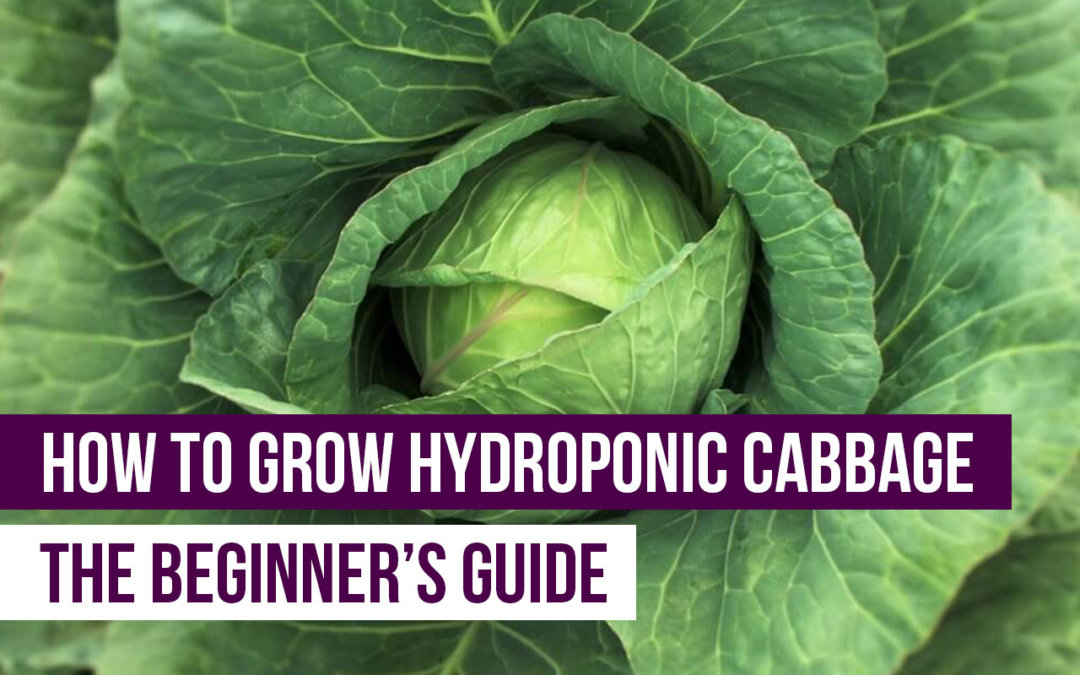Cabbage’s long-standing history with the world
Originating from Asia, cabbage was brought early to Europe, where it flourished in the cool climates and was bred into the dense heads that we’re familiar with today. Cabbage continued its round-the-world journey later in the 1500s when it was brought to the Americas. Now, cabbage is a staple in households across the world.
Its long-standing history with the world means that it shows up in multiple histories—as a hangover treatment (for the Romans, go figure), an anti-inflammatory, a prop for those weird vegetable baby photos, and as an easily preserved preventative of scurvy. Cabbage grows well in cool climates, which makes it a popular crop in northern climates especially.
Cabbage is one of the cole crops (“kool” is the name for cabbage in Danish), which are varieties of the species Brassica oleracea. (Cabbage is Brassica oleracea var. capitata) These include broccoli, kale, cabbage, and Brussel sprouts, among other things.
Hydroponic cabbage is a fairly hands-off crop to grow. General pest control measures (you should be using an IPM plan) usually keep pests at bay, and cabbage needs no extra pruning or training. The heads grow large (8 lbs is not uncommon), so farmers can get a fairly large crop from a small space. From one 5-foot ZipGrow tower, for example, a farmer could get 4–6 heads totaling 30–50 lbs if grown correctly.
Ideal conditions & practices for hydroponic cabbage
- pH range: 6.2–6.6
- EC: 2.5–3.0
- Temperature: 60–70º F (but frost tolerant)
Other than pests, the most common problem with cabbage cultivation is splitting, when the head cracks and splits. This looks unappealing to consumers and can catch dirt and disease. Splitting is caused when the heads grow large and firm, then resources (such as water or fertilizer) are increased. Keep growing conditions consistent, and don’t wait too long to harvest.
Cabbage is vulnerable to common pests such as aphids and fusarium, as well as fungal disease, blackleg, and black rot. The latter are usually due to the crown of the plant being kept moist. Watch out for leaks or high water levels that could do this.
For best germination rates, keep seedlings a little warmer than mature crops (65–70º F). Scarification of seeds can also increase germination rate. After being planted, seeds will germinate in 4–7 days and will be ready to transplant 4–6 weeks later or when the first true leaves arrive. In ZipGrow Towers, cabbage can be planted 4–6 to a Tower. Just remember to leave enough room for each head to grow to the desired size!
Keep in mind that since cabbage grows so large, it can make the Towers quite heavy and difficult to handle. You may want to consider a different technique for cabbage.
Depending on the type of cabbage and the size of head desired, the crop will be ready for harvest 9 to 11 weeks later. Harvest when the head is firm and big enough for your markets.

For run-of-the-mill cabbage, consumers might find prices near $.60/lb. Prices climb as that is narrowed to organic cabbage or local cabbage, which goes for $1.25 to $2.00 per pound.
Per-pound pricing isn’t that high, but factor in typical pounds per head and that pricing can represent decent profit. At a price of $1.25/lb, for example, a farmer could sell a 5-lb head of cabbage for $6.25 or an 8-lb head for $10. If he/she is growing in towers, they might make $25–40 off one Tower.



I am interested in growing tomato, spinach, potatoes, cabbage in hydroponics indoors factory
do you put flowering solution in when the cabbage get to a certain size?
Hi Shane,
No—flowering nutrients only need to be used on fruiting crops, like tomatoes, or flowering crops like chrysanthemums.
What is a unit of EC ? ds/m or mS/cm
I am interested in growing tomatoes. Carrots. Cabbage and pepper.
Is the 2.5 -3.0 ec for cabbage seedlings too? Seems a little high for seedlings.